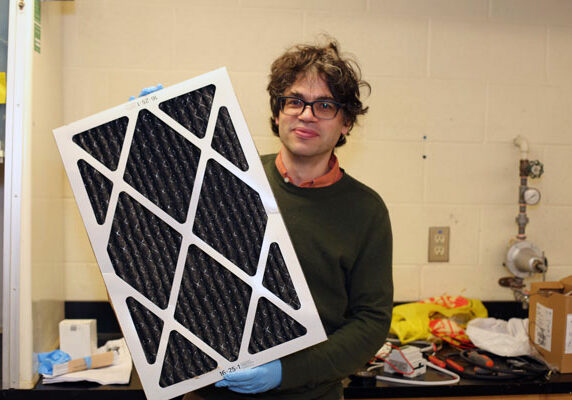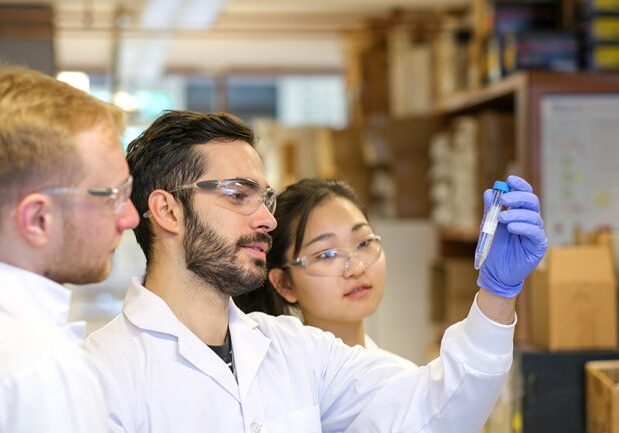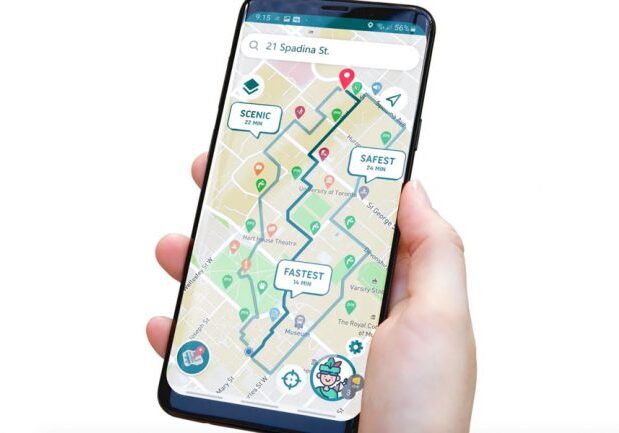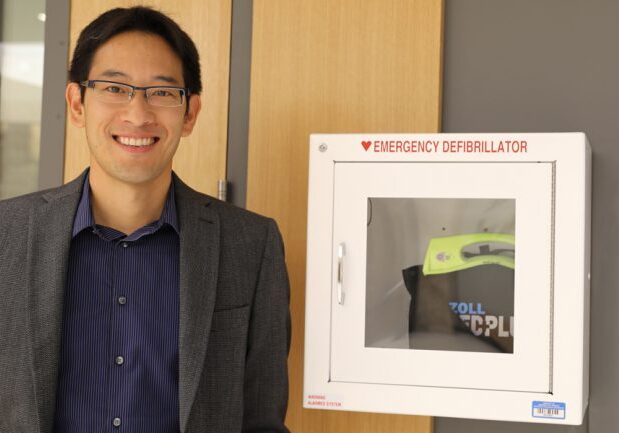
How does COVID-19 invade our bodies so easily? U of T Engineering team uses ‘organ-on-a-chip’ model to find out
To develop COVID-19 vaccine and antiviral drugs, researchers first need to understand why this virus spreads so easily and quickly

Air filtration and COVID-19: Indoor air quality expert explains how to keep you and your building safe
Professor Jeffrey Siegel on the role of indoor air-filtration systems in protecting from the virus

U of T Engineering researchers develop pill-sized heating device for diagnostic testing
Technology developed by U of T Engineering researchers could enable resource-limited regions around the world to perform tests for infectious diseases without the need of a large device

AEDs save lives. By mapping them, you can help save more.
GTA Heart Map Challenge aims to improve the accessibility of automated external defibrillators (AEDs)

Handheld 3D skin printer demonstrates accelerated healing of large, severe burns
Researchers at U of T Engineering and Sunnybrook Health Sciences Centre develop a skin printer that works like a paint roller, depositing bio ink that speeds up wound healing

Researchers develop method to improve transplantation of artificial insulin-producing cells
The research could improve the success of implantable islets to treat people living with diabetes

Most engineered nanoparticles enter tumours through cells, not between them
Discovery by U of T Engineering researchers challenges a ‘long-held dogma’ in the field of cancer nanomedicine



